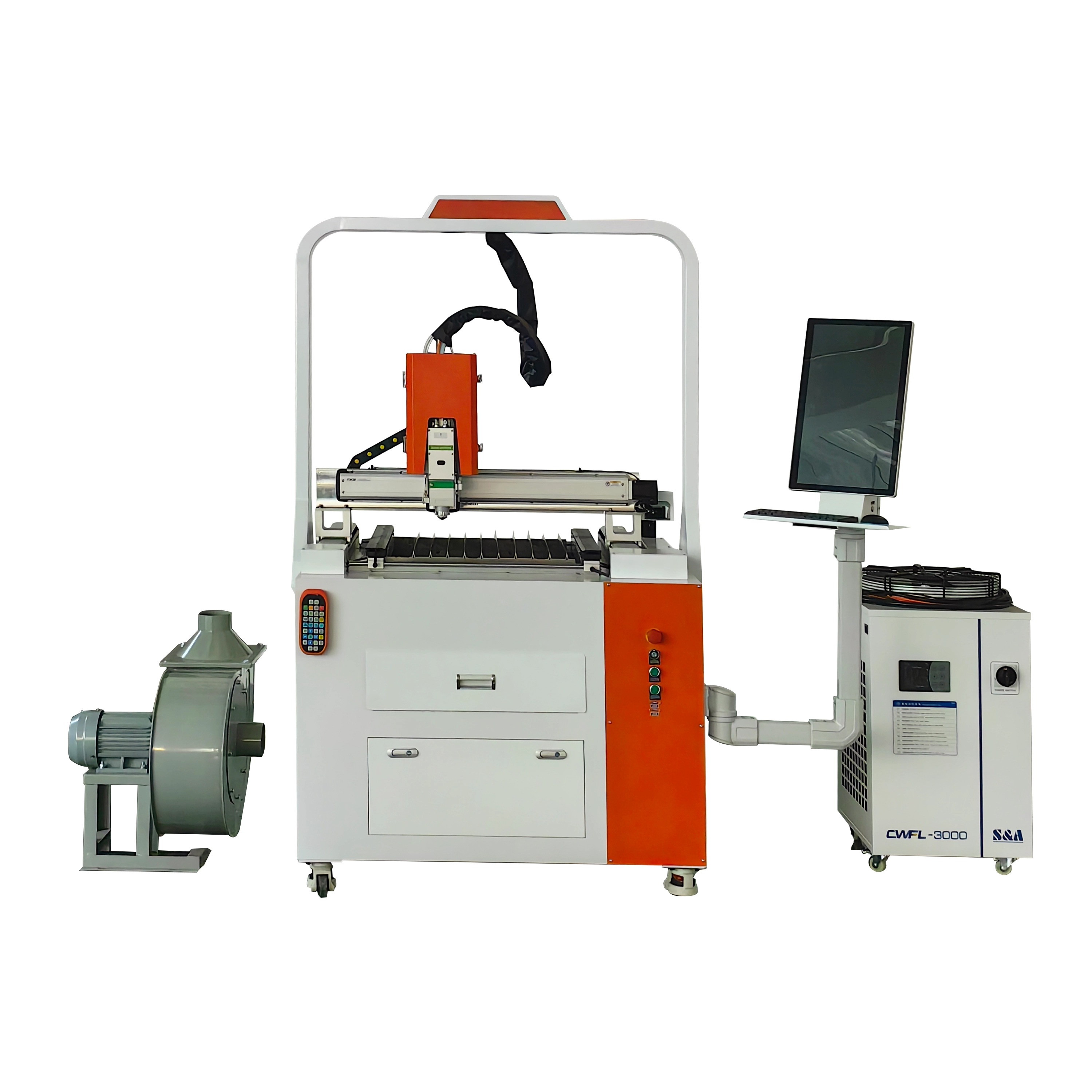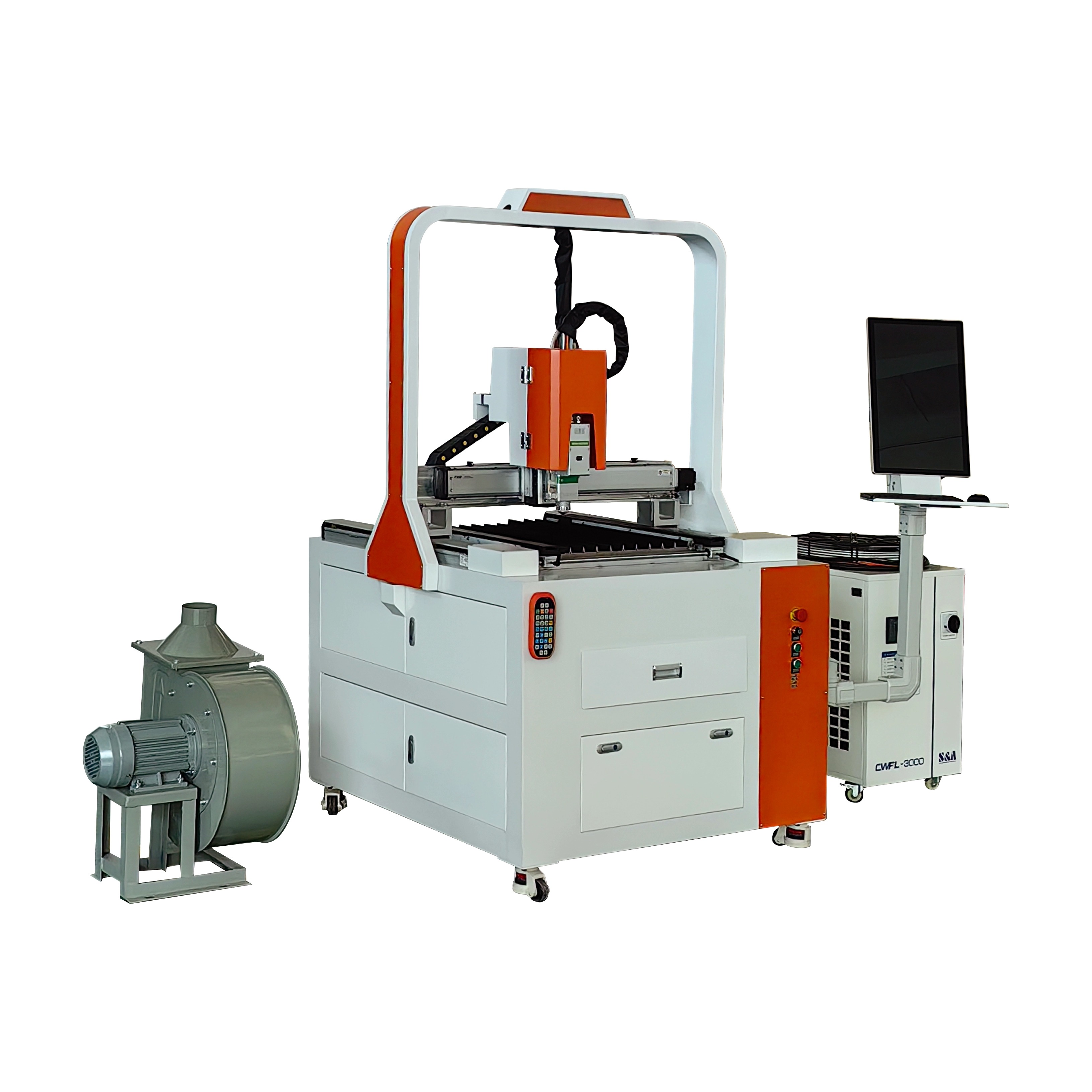Views: 194 Author: Site Editor Publish Time: 2025-07-02 Origin: Site
Fiber laser cutting machines are revolutionizing metal fabrication with unmatched precision, speed, and energy efficiency. However, like any industrial-grade equipment, they are not immune to mechanical issues. Over time, operators and maintenance teams may encounter specific problems that can affect performance, quality, and uptime. In this article, we delve into the common mechanical problems in fiber laser cutting machines, how they manifest, and what steps can be taken to diagnose and resolve them effectively.
Before addressing the problems, it's essential to understand the core mechanical systems within a fiber laser cutting machine. These machines consist of several critical components:
Linear motion systems (guide rails, ball screws)
Servo motors and drive systems
Cutting head mechanics (focus lens, nozzles, sensors)
Cooling units
Material feed and support mechanisms
Each of these plays a pivotal role in ensuring the cutting process is seamless and accurate. A failure in any of these mechanical subsystems can cause major operational disruptions. Let’s now explore the most prevalent mechanical issues faced in everyday operations.
Misalignment in guide rails or wear in linear bearings is one of the most frequently encountered issues in a fiber laser cutting machine. These components are responsible for guiding the laser cutting head along the X, Y, and Z axes with high precision.
Symptoms include:
Irregular cutting patterns
Increased vibration or noise
Uneven kerf width
Loss of accuracy over extended cuts

Misalignment may result from:
Prolonged use without recalibration
Mechanical shock or improper transportation
Thermal expansion and contraction
Contamination by dust or metal particles
Routine maintenance and proper alignment checks every few hundred hours of operation are essential. Employing vibration sensors and laser interferometers can help detect such anomalies early.
Servo drives and motors control the movement of the cutting head. If these components suffer mechanical degradation or encoder issues, it leads to erratic motion, sudden stoppages, or jittering, affecting the cut quality and machine response time.
Common warning signs:
Delayed response during head positioning
Sudden halts mid-operation
Audible buzzing or humming
Technicians should inspect:
Servo cables for looseness
Motor shaft integrity
Feedback encoder performance
Regular lubrication of bearings and periodic re-tuning of the servo parameters help maintain system responsiveness. In more advanced systems, self-diagnostics or alarms may pinpoint servo load abnormalities, allowing early intervention.
The cutting head is the heart of any fiber laser system. Any mechanical malfunction here has an immediate impact on cut quality. Over time, the lens may suffer micro-cracks, the nozzle may clog, or the auto-focus sensor might misbehave.
Mechanical problems include:
Misaligned focusing lens
Loose or damaged nozzle thread
Defective height sensor bracket
Preventive measures include:
Daily cleaning of nozzles with appropriate tools
Weekly inspection of lens quality using a test pattern
Real-time monitoring of focus point deviations
Maintaining clean dry air (CDA) in the assist gas system can also extend the life of sensitive cutting optics. Additionally, logging operational hours for each component helps schedule timely replacements.
The cooling system plays a crucial role in protecting both the laser source and mechanical components from overheating. Mechanical failures here often go unnoticed until there's a critical thermal shutdown.
Indicators of cooling issues:
Gradual decline in laser power output
Frequent overheat alarms
Condensation on optical components
Operators should inspect the chiller unit for:
Water pump reliability
Pipe blockage due to mineral buildup
Airflow obstruction in radiator fans
Switching to distilled or deionized water, along with weekly flushing, helps maintain optimal cooling efficiency. A clogged or underperforming cooler can indirectly stress mechanical assemblies, leading to larger failures.

Many fiber laser machines are equipped with automated material feeding systems or support trays. Problems in this area often manifest as skewed cuts, scratched materials, or failure to index new sheets correctly.
Mechanical problems might involve:
Worn-out rollers
Warped support slats
Motorized loader jamming
Regular inspection of:
Loading arm calibration
Gripper vacuum systems
Material flatness sensors
Misalignment of material during feeding can also cause head collisions, leading to expensive mechanical repairs. Adding redundant sensors and aligning support bars with laser calibration tools can prevent such issues.
Below is a summarized reference table for common fiber laser mechanical issues:
| Problem | Cause | Solution |
|---|---|---|
| Guide rail misalignment | Thermal expansion, wear | Realignment, precision calibration |
| Servo motor jitter | Encoder issues, loose cables | Re-tuning, cable check, encoder cleaning |
| Focus lens misalignment | Shock, wear, contamination | Replace or realign lens |
| Cooling system failure | Pump wear, clogged pipes, poor airflow | Clean radiator, replace pump, use DI water |
| Nozzle clogging | Dust, splatter buildup | Regular cleaning, replace damaged nozzles |
| Material misalignment during feed | Roller wear, motor failure | Replace rollers, align grippers, sensor check |
This table provides a quick overview for maintenance teams and operators to diagnose and resolve mechanical faults in fiber laser machines efficiently.
A: It's advisable to conduct a full mechanical inspection every 500–1000 operating hours, depending on workload. Critical components like the laser head and servo motors may require more frequent checks.
A: Yes. Even if the laser source is operating correctly, misalignments or worn-out moving parts can distort the beam path or cause inconsistent focus, leading to poor cut edges.
A: With proper maintenance, guide rails and ball screws can last over 20,000 hours. However, consumables like nozzles, lenses, and rollers may need replacement within 500–1000 hours of usage.
A: Absolutely. Many modern fiber laser systems are equipped with sensors and IoT capabilities that monitor vibration, temperature, and performance trends to predict failures before they occur.
Fiber laser cutting machines are complex yet highly reliable when properly maintained. By understanding the common mechanical issues—from misalignment and servo drive problems to cooling inefficiencies and feed system failures—fabrication shops can reduce downtime, maintain high precision, and maximize ROI. Regular inspections, predictive maintenance, and operator training form the backbone of a healthy, productive fiber laser cutting operation.